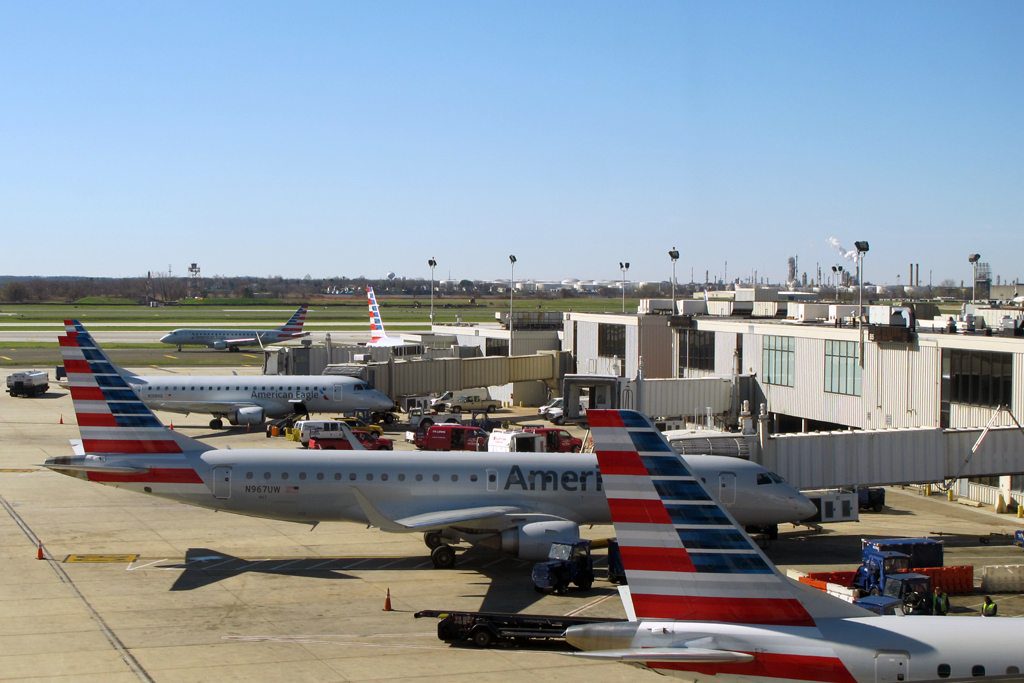Skift Take
American is reviving its direct-booking conflict with distribution middlemen like Sabre. Advances in technology and fat profits at U.S. airlines make the threat more plausible now than a decade ago.
It has been many years since a U.S. airline paid incentives to travel agencies for booking tickets, barring a few rare exceptions.
That's why American Airlines caught many industry insiders by surprise when it recently said that it would offer to do just that, resuming a practice that ended well over a decade ago.
The twist is that the payment comes with a catch this time: To get the incentives, travel management companies have to use American Airlines' new technology platform to book tickets directly with the airline. That means bypassing the third-party vendors that travel agencies tend to rely on, such as Amadeus, Sabre, and Travelport.
Specifically, in June, American Airlines, said it would start to pay travel agencies $2 per net segment (essentially each leg of a flight) done via its technical connections that go around the computers of companies like Sabre.
Sabre Responds
Sabre quickly responded to American's announcement by saying that it is willing to work with the carrier to enable it to reach its objectives, according to news first reported by The Company Dime.
At first, that statement may seem counterintuitive for a company that has vehemently opposed these sorts of direct initiatives by airlines. Sabre's revenues are dominated by its air distribution business.
But -- as Sabre executives reiterated Tuesday -- the company is trying to diversify its business streams so it can be less vulnerable to threats like this.
On Tuesday, several investment bank analysts quizzed executives at Sabre about the Texas-based technology company's response to the airline's announcement during Sabre's second-quarter earnings call.
Sabre CEO Sean Menke expressed skepticism that airlines are truly willing and able to take on the cost of handling the complexity of direct distribution.
"Getting into direct connect doesn't address the mid- and back-office costs to agencies associated with that," Menke said.
Menke also cites other unexpected costs. "We spoke with one airline that had created so-called 'direct connects' with online travel agencies in China," he said. He added the airline's cited a look-to-book ratio -- which is a measure of the volume of data requests its system has to cope with for every actual transaction that took place -- of 10,000-to-1. That's well beyond the 500-to-1 that they are more likely to experience with direct bookings that come in via their consumer-facing websites.
Menke suggests that airlines may not be sur



